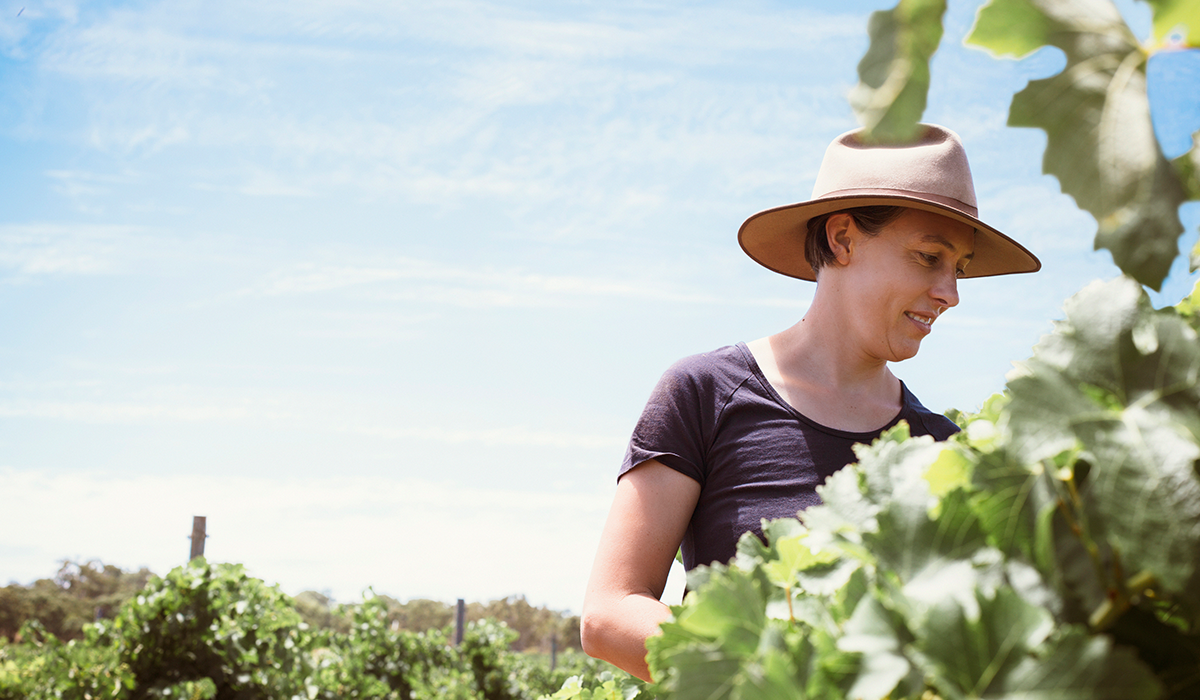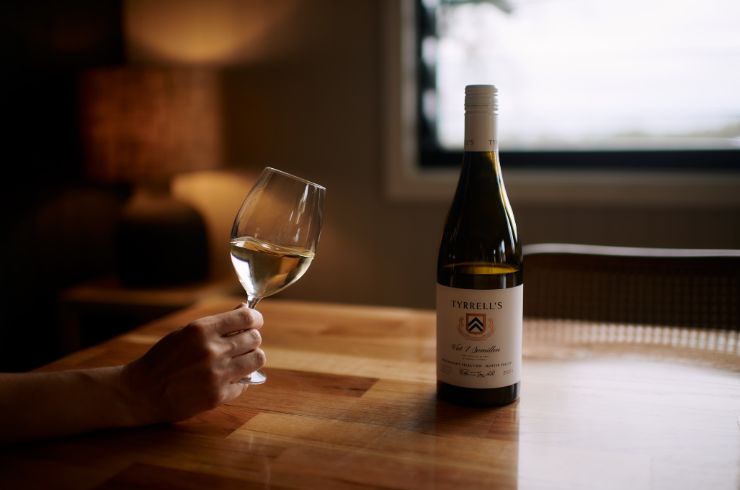Shiraz arrived early on our shores and flourished under the Australian sun, becoming our most widely planted variety. By the 1990s, Australian shiraz was famous around the world for being ripe, rich and powerfully tannic. Almost all of it grew in warm climates. The wines grabbing the headlines and highest prices were inky and spectacularly alcoholic, turbo-charged with the vanilla punch of American oak.
Blockbuster shiraz and its fans are still out there but it’s far from being the only show in town. Australian shiraz has never been more diverse – and, winemakers and wine drinkers say, never more exciting.
Those high-octane fruit bombs of the late ‘90s – often made in pursuit of plaudits from American wine critic Robert Parker – sparked a revolt. Some producers of cool-climate shiraz moved to labelling their wines ‘syrah’ – a signal that their wines were more in the aromatic, restrained vein of this variety’s native territory, France’s northern Rhône. Other makers have stuck with the moniker ‘shiraz’ but produce similarly elegant wines, especially in cool districts such as Orange in New South Wales or Victoria’s Yarra Valley.
Ripe, full-bodied shiraz remains a hallmark of the traditional warm regions of South Australia, New South Wales and some parts of Victoria, but makers everywhere are seeking greater balance, complexity and expression of place.
Tim Duval, of the Barossa’s John Duval Wines, is among many who say there is no longer one Australian style of shiraz. “We are trying to better tell the story of regionality, site diversity and the wide style spectrum of shiraz wines that are now being made.”
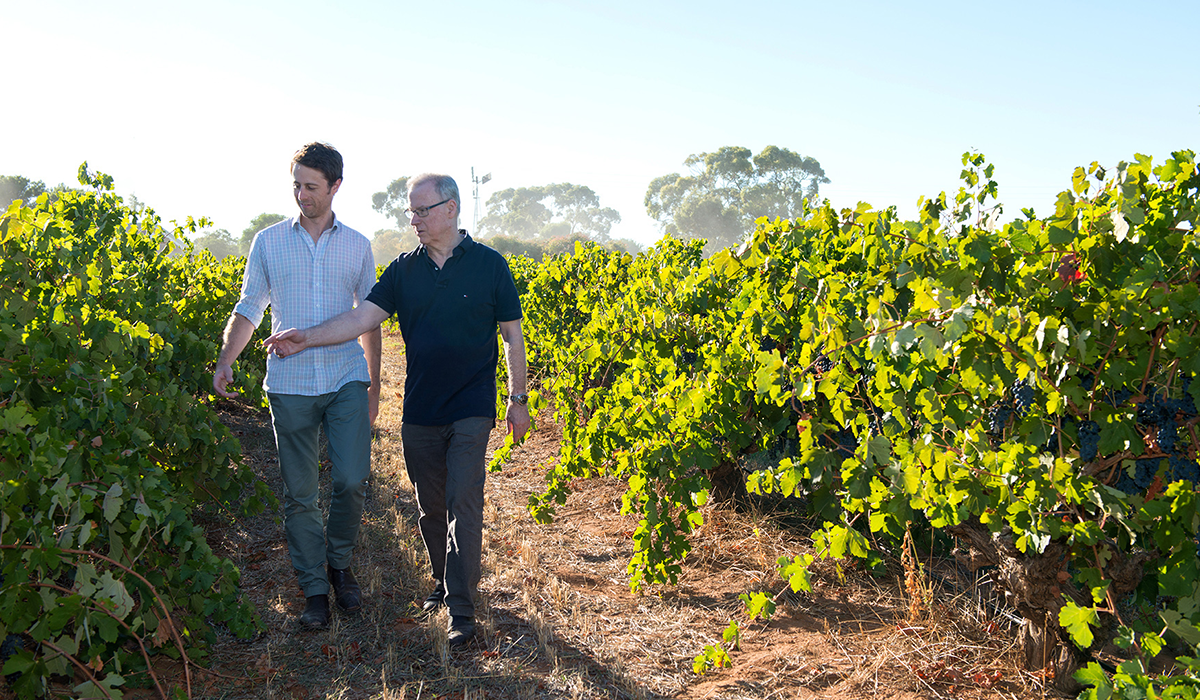
Shiraz with more freshness and less oak
Moves away from the ripe, chocolatey style of shiraz for which Australia is still best known internationally can be traced to the 1970s, says wine consultant and historian Andrew Caillard MW. Vignerons began planting in cooler regions and chasing different aromatics, launching a divergence in styles that has accelerated in recent years. The American oak then dominating the shiraz scene began, little by little, to lose ground to French oak. Today, some makers don’t use new oak at all.“Oak has definitely been dialled back in the past decade, to emphasise fruit and soil expression,” says Banjo Harris Plane, chief wine officer at Good Pair Days. “There are more medium-bodied expressions on the market as well, showing floral and pepper characters ahead of overripe fruit.”
Tim Duval also sees a general trend towards freshness, which winemakers can achieve in many ways, including earlier picking and more sensitive oak handling. “In our own winemaking we are looking to source more shiraz from Eden Valley to aid with lifted aromatics and a lovely line of acidity to complement the richness of Barossa Valley Floor fruit. We are also seeing more use of whole bunches too – in a region like the Barossa that doesn’t lack fruit generosity, a small inclusion of whole bunches can help to build complexity, savouriness and tannin interest.”
Charlotte Hardy, of Charlotte Dalton Wines, works with shiraz from the Adelaide Hills. “I am leaning toward a very fresh, fruit-forward style but with structure from the use of up to 30 per cent whole bunch in ferment and 30 to 40 per cent new oak. I bottle the same year it’s fermented, so the vibrancy is still there.”
Not every shiraz maker is playing a whole-bunch riff; Heathcote’s Emily McNally, who makes shiraz for her family’s Jasper Hill winery as well as her own Occam’s Razor label, is not tempted. In the early 1980s, Jasper Hill blazed a trail not just in organic, minimum-intervention wines but in cool-climate shiraz. Emily regards herself as a caretaker of Jasper Hill and does no more than “tweak” here and there to adjust for the effects of climate change. She has more room to move with Occam’s Razor – a much lighter style with lots of red fruits.
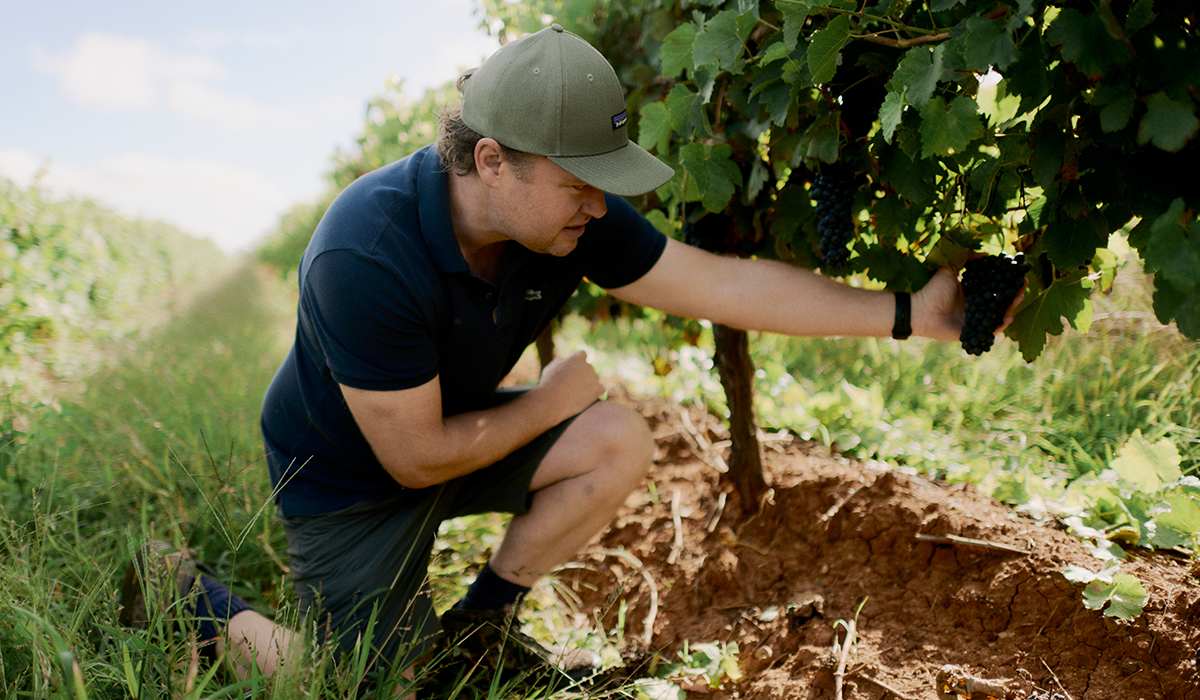
In the NSW Hunter region, the Tyrrell family has seen its share of trends, having grown and made shiraz since the middle of the 19th century. Fifth-generation winemaker Chris Tyrrell says “the process is always evolving”, and that the wines Tyrrell’s makes today are modern interpretations of what was once sold as 'Hunter River Burgundy'. The focus now is on doing more in the vineyard and less in the winery, to highlight the best possible fruit. “As always, our shiraz wines are matured in newer large-format French oak casks, which adds to the wine structure rather than being the flavour element,” says Chris.
Who’s drinking shiraz?
Subscribers to Good Pair Days wine delivery service may skew younger than the stereotypical shiraz-and-steak bloke but they are not shunning shiraz – far from it. “I think every Australian is receptive to shiraz,” says Banjo. “We see love for a wide range of styles, and honestly I think that preference is a little more personal than just being tied to an age group. For drinkers under 30 years old, we see appreciation for both medium-bodied and full-bodied styles, those that are rich in fruit, and also the leaner, more floral style.”At Sydney’s Rockpool Bar & Grill, famed for its bespoke beef and epic list of museum reds, head sommelier Filippo L’Episcopo says new generations of wine drinkers appreciate new-school shiraz more than “the old jammy and super-ripe wines as we previously knew them”. Yet big, bold shiraz has its loyalists: “Middle-aged businessmen…will always ask for that style because they are more familiar with it,” says Filippo. “The younger generation are more adventurous and like to try different styles from different regions, perhaps exploring different options until they find what they like.”
Filippo notes that leaner styles, with less extraction and less new oak, are more food friendly. Emily observes that Australia’s national palate has evolved. The shiraz of old was just the ticket to accompany meat-centric Anglo meals but we’ve grown accustomed to a wider array of foods and to expect a wider range of styles in reds.
Emily McNally.
Ageing shiraz gracefully
Almost all shiraz is ready to drink on release but when it comes to cellaring, this variety shines. In the seventh and latest edition of wine auctioneer Langton’s Classification of Australian Wine – a measure of reputation and demand among elite collectors, and of ageing potential – 12 of the 22 wines classed as 'exceptional' are shiraz or shiraz blends.Andrew Caillard MW, a key player in creating the Langton’s classification, acknowledges that its highest-rated wines – Grange, Hill of Grace and their ilk – are out of reach for most. However, he says shiraz suited to ageing should share some of their characteristics: great balance, exceptional fruit, and winemakers with deep understanding of their vineyards and craft. Cheap shiraz made for the mass market might occasionally benefit from cellaring, he says, “but very rarely will it ever be magical”.
Similarly, Chris Tyrrell has “always thought that great old wines were once great young wines…great wines show impeccable balance from day one. They can be fuller-bodied styles or medium-bodied styles.” Banjo concurs: “Any style of shiraz can cellar well, if it’s well made. Fruit at optimum ripeness, quality oak, a balance between fruit, acidity and tannin.”
Where to next for shiraz?
Shiraz is known for playing well with others – shiraz-cabernet is a classic Australian blend, one Tim is currently seeing more support for at the top of the market. Viognier blends are not being highlighted in the way seen in the 1990s but they never really went away; a little viognier is often included in shiraz to add stone fruit notes and fix colour. Right now, the spotlight remains firmly on GSM blends, a Rhône-style threesome in which shiraz typically brings power and dark fruits to juicy grenache and gamey mourvèdre (aka mataro). What’s new? Look out for Iberian-inspired combinations: Banjo is seeing lots of tempranillo and touriga nacional included in shiraz blends.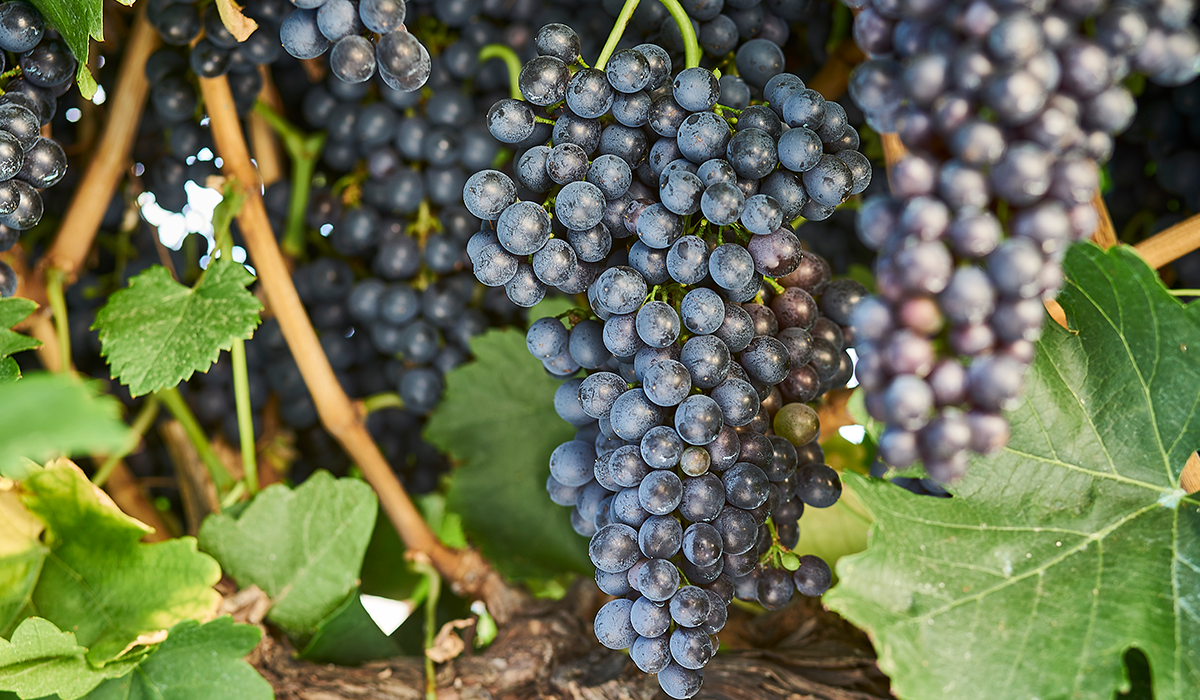
Expect more celebration of shiraz vine age. No other country has so many surviving shiraz vines from the 19th century; at what Andrew calls the “ultra-fine” wine level, vine age is a big part of the narrative around character. As time goes on, more shiraz vineyards in historic wine-growing areas are passing the magic 100-year mark.
In the longer term, expect to see non-traditional shiraz regions coming to the fore. “Barossa still reputationally holds sway, but we’re seeing great examples from across Australia – Canberra, Murrumbateman, Yarra Valley, Macedon, Adelaide Hills, Great Southern etc,” says Banjo.
Great Southern is also on the radar for Chris Tyrrell: “In recent years, through my time judging on the national wine show circuit, shiraz from the southern regions of Western Australia have caught my eye,” he says.
It is probably no coincidence that these newer regions are relatively cool. Climate change poses challenges for shiraz in areas that are already hot but is allowing grapes in cooler places to ripen more reliably than in the past.
Cool-climate plantings are showcasing the versatility of shiraz, not just in terms of different wine styles, but the variety’s capacity to express the character of different sites. This is evident, too, in warmer regions – wherever winemakers focus on encouraging the fruit to tell the story of the place in which it was grown, instead of working to make shiraz to a particular style or for a particular market.
“We are seeing an extraordinary diversity of styles now in Australia,” Andrew says. “I think it’s pretty exciting.”
Shiraz grapes image: Wine Australia.
